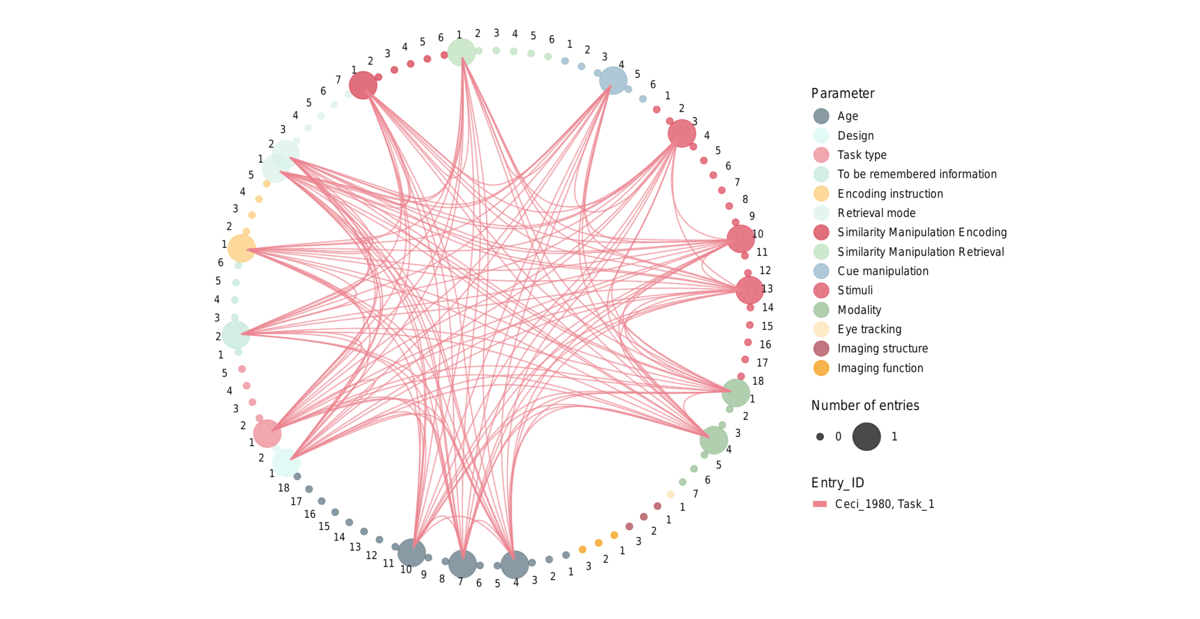Mapping Review on Memory Development
Building a cumulative science critically rests on literature integration that enables iterative reciprocity between theory and data. However, integration can only be effective when common terminology makes clear what topics are investigated and what phenomena are illuminated by each study. A challenge faced by reviewers of the memory development literature is the need to consolidate empirical work that is saturated with terminologies, construct labels, and task names that will bias key word searches. Similarity among studies’ experimental methodologies is often obscured by the discrepancy in terminologies across different frameworks, and consequently, disintegrate inherently related work.
One solution to this problem is to systematically re-examine the literature solely through the lens of methodologies, disconnected from theories, task and construct labels. Given that operational definition lies at the heart of experimental psychology, methodology and experiments should spearhead the organization and consolidation of literature in our discipline. Here, we conducted a mapping review that centers on methodologies, devoid of their construct labels, to re-characterize the composition of the memory development literature published between 1970 and 2021.

The instrumentation of this approach enabled us to achieve three goals:
- First, we quantitively characterized the composition of the memory development literature based on a broad set of method factors, thereby demonstrating the relative coverage of existing data in various areas of investigation in memory development from the past 5 decades.
- Second, we relied on mapping approaches to connect publications strictly based on the convergence of their experimental designs, despite their remote theoretical inspirations and disjointed scholarship.
- Third, we explicated and exemplified the utility of this approach by posing a specific question: What is the existing evidence on the development of pattern separation across childhood? We chose pattern separation because it stems from contemporary models of memory, ones that are propelling the current wave of interests in memory development research. We then contrasted the degree of the empirical evidence relevant to this question with and without the application of our approach, underscoring the theoretical stake in bridging across distant literatures.
Our interactive web application can be found here:
In order to facilitate the process of literature integration and identification of methodological overlap, we created a freely available interactive web application using the current database. Visit our application Mapping Review on Memory Development.
